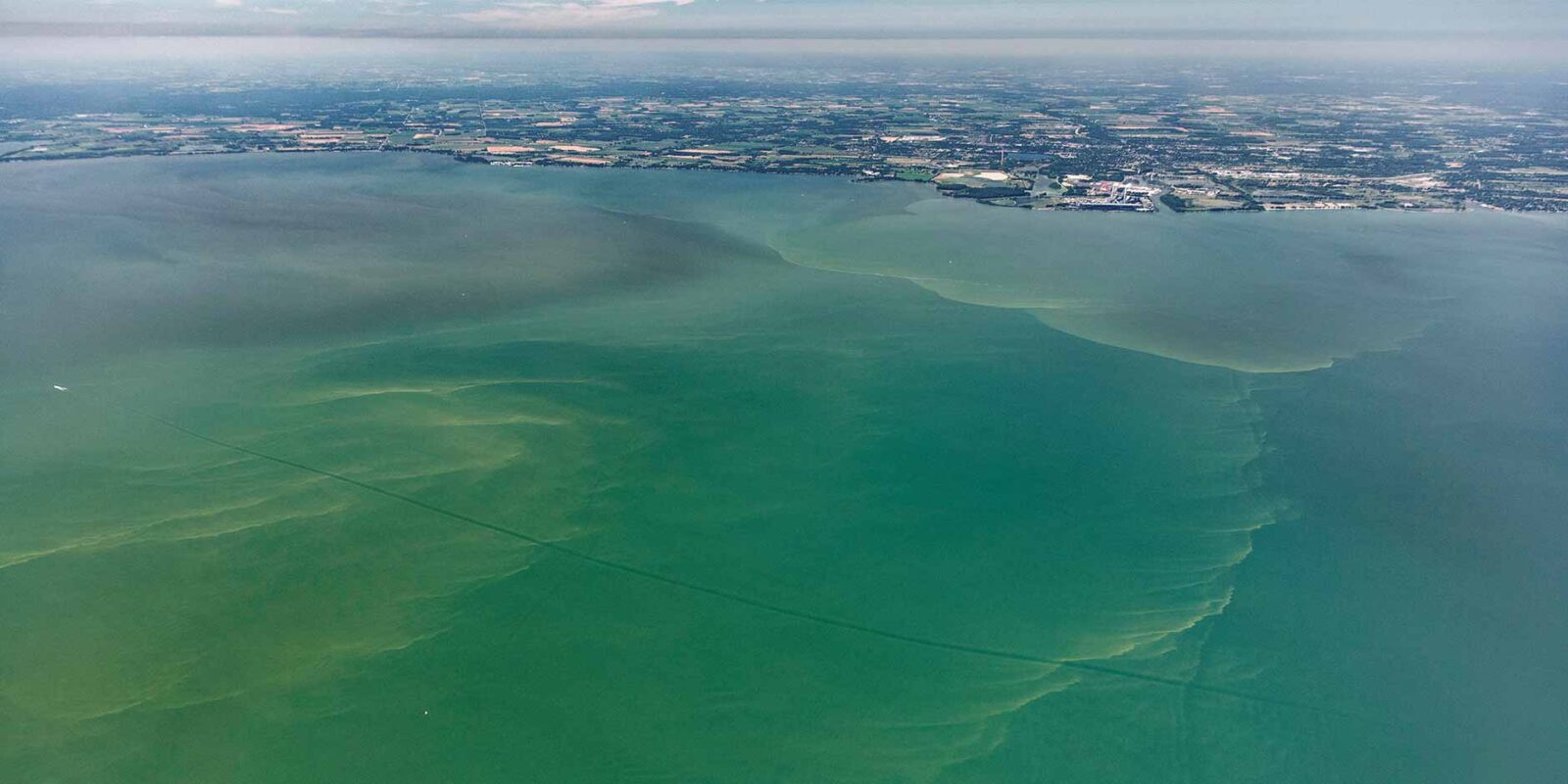Last week, we hosted the webinar “How to control algal blooms in lakes and reservoirs” — a joint effort between our Netherlands and Singapore offices. Microbiologist and CTO Lisa Brand, together with Business Development Director Linus Koh, addressed algae-related issues, and explained how our ultrasonic systems deal with blooms under different circumstances.
Here are three key takeaways:
#1 – Why do our ultrasound systems eliminate up to 90% of the algae?
We don’t want to eliminate the algae counts completely because, if not in bloom, algae are actually a natural element in a water body. Zooplankton, fish, and other aquatic organisms feed on them.
Thus, we need the ultrasound to only eliminate the blooms. It achieves this by restricting the sunlight. When algae concentrations are lowered, light penetration through the water column increases. This means, there will be room for some algae to grow, but they can no longer reach the bloom phase where they dominate the entire water column.
#2 – Does our ultrasound work in aquaculture and prawn farming?
Yes, we work in different aquaculture industries, and we see good results. We eliminate the algae blooms without affecting the fish, stabilizing oxygen in the water, and lowering turbidity levels.
For fish, lesser turbidity is good. For shrimp, stable oxygen levels are critical. If that’s lacking, it can lead to diseases, such as gas bubble disease in prawns.
By using ultrasound in those ponds, you can keep water quality parameters more stable, and the animals much healthier. We have specific systems for those.
#3 – Does the MPC-Buoy work in brackish waters?
Yes, we have installations in saline applications, but not in the sea. Although the salinity is not a problem for our MPC-Buoys, and we even have specific sea water upgrades to make them resistant to salt and corrosion, the water flow in the sea is indeed difficult to deal with.
The MPC-Buoy can be used in brine ponds, for example. Other than brine, there are other contaminants in these ponds, yet algae can thrive in such difficult conditions. There can be up to three or four algae types growing within one pond, and our systems handle these different species and help customers solve their issues.
Background
Harmful algal blooms (HABs) are more abundant, frequent, and toxic than ever before. With the reality of a growing population, climate change, and the accelerated pace of urbanization, these blooms are only set to aggravate.
To grow, algae need sunlight, nutrients (nitrogen and phosphorus), and slow-moving water. Nutrient pollution from human activities only worsens the problem, leading to more severe blooms. Algae toxins pose a risk to the health of people, animals, and aquatic life. Besides, they have a huge economic impact on industries—from drinking water to power generation, agriculture, tourism, and so on.
HABs are a global problem, and Asia is no exception. Harmful blooms and their consequences have been reported throughout the continent, especially in the East and Southeast.
About the speakers
Linus Koh
Linus has 10+ years of experience in pumps and biological filtration systems. He’s got a proven track record in Project Management, Sales and Business Development Activities across the Asia Pacific region.
Lisa Maria Brand
Lisa Brand is a microbiologist with 14 years’ experience in the field of water quality. She obtained a Bachelor’s Degree in Microbiology from Leiden University and a Diploma in Radiation Hygiene from Delft University of Technology. In her position as CTO at LG Sonic, she focuses on developing sustainable and chemical-free solutions for various water-related problems, such as (harmful) algae blooms and biofouling.
